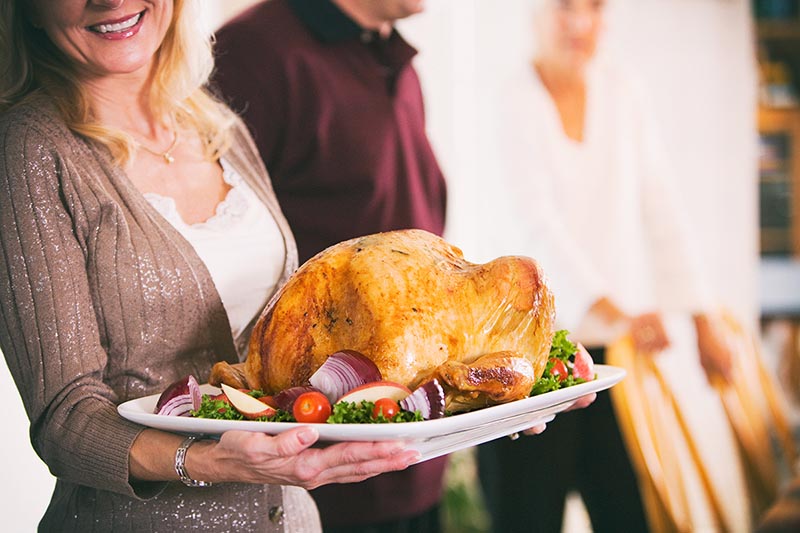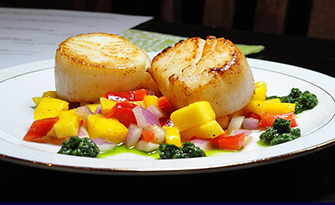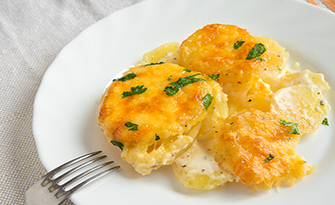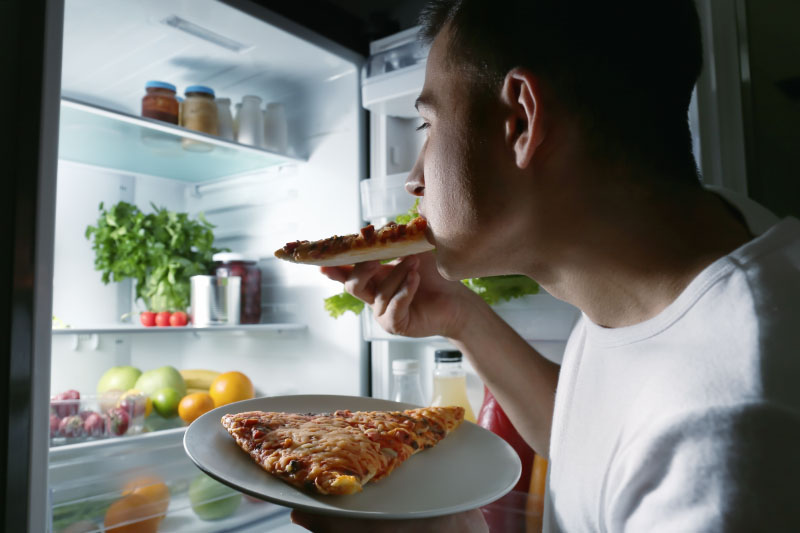Gobble Up These Turkey Tips
You’re just a few simple tips away from cooking a delicious turkey.

For many, Thanksgiving wouldn't be Thanksgiving without turkey. But you don't want uninvited guests—harmful bacteria that can cause a foodborne illness—to contaminate your celebration's centerpiece.
For a holiday tradition that's as safe as it is delicious, follow these turkey-preparing and storing tips:
Shop smart for fresh turkeys
Buy yours only one to two days before you plan to cook it.
Related: Perfect Roast Turkey
Thaw frozen turkeys carefully
The U.S. Department of Agriculture advises thawing a frozen turkey in the refrigerator—not on the counter or in the sink. Allow 24 hours thawing time for each four to five pounds of poultry. Make sure the fridge is set at 40 degrees or below. And keep in mind that frozen poultry left thawing at room temperature for more than two hours isn't safe to eat.
Know when to be hands-off
Don't touch the turkey (or any food) until you've scrubbed your hands thoroughly with warm water and soap for 20 seconds. And be sure to wash your hands after your meal prep as well.
Keep raw items separate
Keep raw turkey, which may harbor bacteria, separate from all other foods at all times. Also use separate cutting boards, plates, and utensils when handling raw turkey to avoid cross contamination.
Don't bathe the bird
You risk spreading bacteria onto kitchen surfaces if you wash the turkey.
Fully cook the turkey to 165 degrees
This is the only way to kill any lurking bacteria. Insert a meat thermometer in three places to test doneness: the thickest part of the breast and the innermost parts of the thigh and wing.
Toss out rather than risk getting sick
Discard any turkey, stuffing, or gravy left at room temperature for more than two hours. And use refrigerated leftovers within three to four days.
Cool leftovers safely
Use shallow containers when storing leftovers in the fridge. This keeps food from lingering at a too high, unsafe temperature.
Related: Healthy Holiday Swap
Reference: Foodsafety.gov




